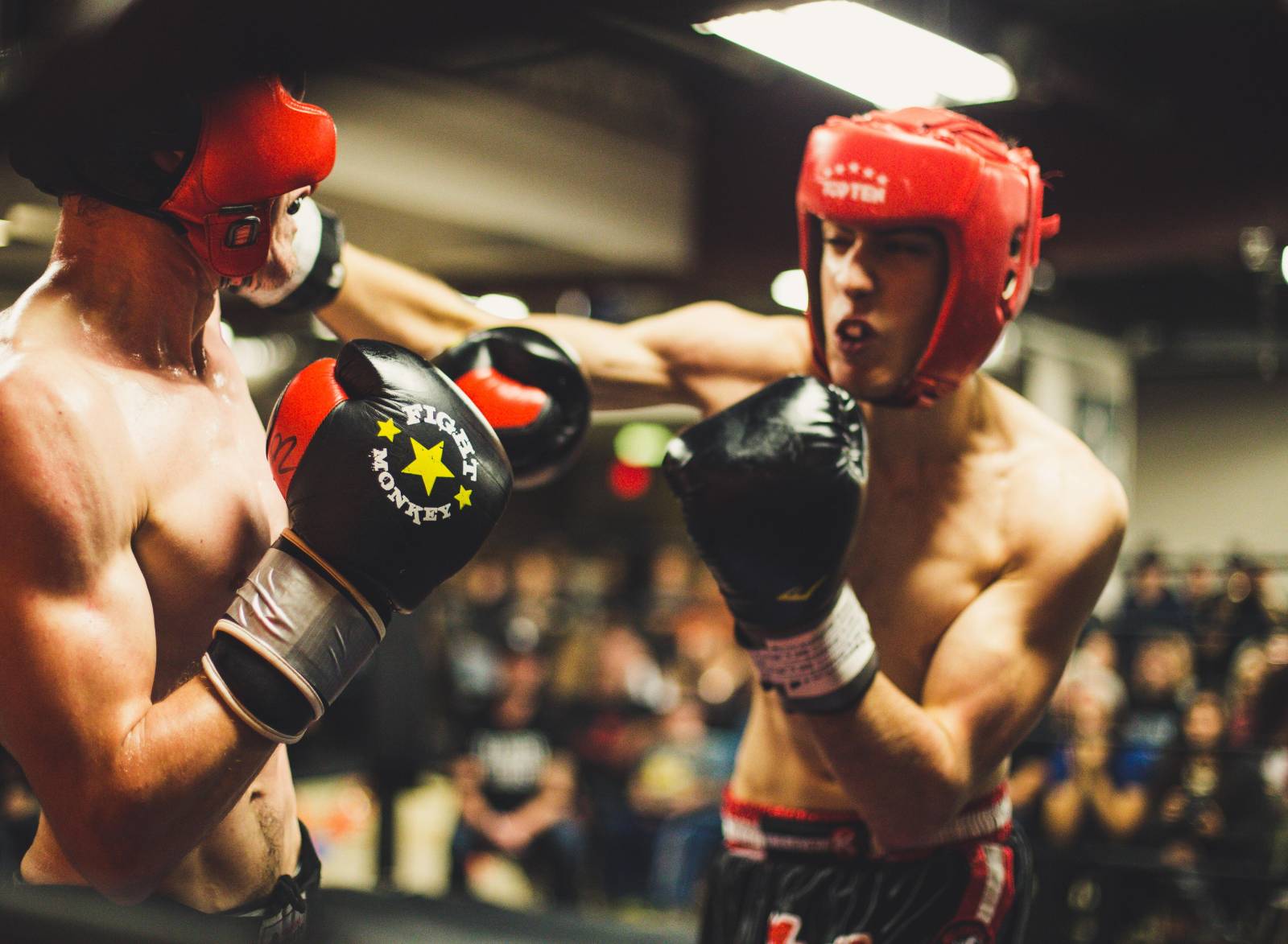Football, volleyball, basketball and fishing are some of the most popular sports in Italy.
And they’re all at risk of eye trauma. Of course not all sports have the same level of risk. Sports have been divided into four categories based on the risk of damage to eyesight:
high risk
moderate risk
low risk
eye safe
SPORTS AT HIGH RISK OF EYE TRAUMA
Boxing and martial arts rank first among the sports with a high risk of eye trauma. These are followed by sports involving small, fast-moving objects.
Examples include clay pigeon shooting, pistol or rifle shooting along with sports where there can be close contact between athletes, such as hockey, baseball and basketball.
SPORTS AT MODERATE RISK OF OCULAR TRAUMAE
The “moderate risk” category includes sports such as football, volleyball, tennis, squash, women’s lacrosse and racquetball. Contact between athletes is minimal and relatively large objects or balls are used compared to the eyeball, which is protected by the orbital walls in the event of impact.
SPORTS AT LOW RISK OF OCULAR TRAUMA
Sports such as cycling, skiing and diving are classified as “low risk”, and the term “eye safe” is used to define those sports such as running and gymnastics where there is no contact between athletes or objects.
CAN EYE INJURIES BE PREVENTED?
Eye trauma during sports can be avoided by wearing protective glasses designed specifically for the purpose. Sports glasses with frames and lenses designed and tested to withstand even severe shocks and blunt objects that meet precise safety regulations.
STANDARDS AND REGULATIONS FOR PROTECTIVE SPORTS EYEWEAR
The standards of reference for the construction of sports eyewear in Europe are the 2004 UNI EN 166 mechanical protection standards, the Japanese JIS T8147.5.1d standard, the American ASTM F803 standard for protective devices specified for each individual sport, and the US ANSI Z 87 18,28,29 standard that focuses on puncture resistance tests for ophthalmic lenses.
EN 166 EYE PROTECTION STANDARDS
The 2004 EN 166 standards (mechanical protection standards) specify the performance requirements for eye protection such as the refractive power of the ophthalmic lenses used, the transmission factor and light diffusion. But they also relate to robustness, temperature stability, flame resistance and resistance to high-speed projected particles.
EN 166 S CERTIFIED PROTECTIVE GLASSES
These are glasses with frames and lenses subjected to the impact of a 22 mm steel ball weighing 43 grammes dropped from 1.3 metres at a speed of 18 km/h. To qualify for certification, the lens must remain in the frame and not shatter. The frame must also remain intact.
EN 166 F CERTIFIED PROTECTIVE GLASSES
These are glasses where the frame and the lens must resist the impact of a 6 mm steel ball weighing 0.86 grammes fired at 162 km/h. The lens must remain in the frame and must not be shattered. The frame must also remain intact.
EN 166 B CERTIFIED PROTECTIVE GLASSES
In this case, the frame and lens must withstand the impact of a 6 mm steel ball weighing 0.86 grams fired at 432 km/h. The lens must remain in the frame and must not be shattered. The frame must also remain intact.
ANSI Z87.1 PROFESSIONAL EYE PROTECTION
ANSI (American National Standards Institute) establishes standards and testing guidelines for a variety of products and equipment used in almost every industry. ANSI Z87.1 refers to the standard for personal eye and face protection devices for professional and educational purposes. These standards help ensure that eyewear and personal eye and face protection equipment provide the necessary safety from impact, non-ionising radiation and liquid splashes. The ANSI Z 87 (puncture resistance test) standard covers ophthalmic lenses and makes them suitable for ballistic tests with the impact resistance required for glasses, including stress cracking and the high-speed impact of a steel ball fired at approximately 165 km/h. Lenses certified to this standard do not crack or break even when subjected to concentrated tension (screws, notches, etc.).
THE CERTIFIED PROTECTIVE GLASSES SELECTED BY PLEYERS
Pleyers offers a wide range of protective glasses that can be mounted with prescription lenses and that strictly comply with the three standards detailed above. To prevent eye trauma and ensure maximum safety and performance for every athlete.

